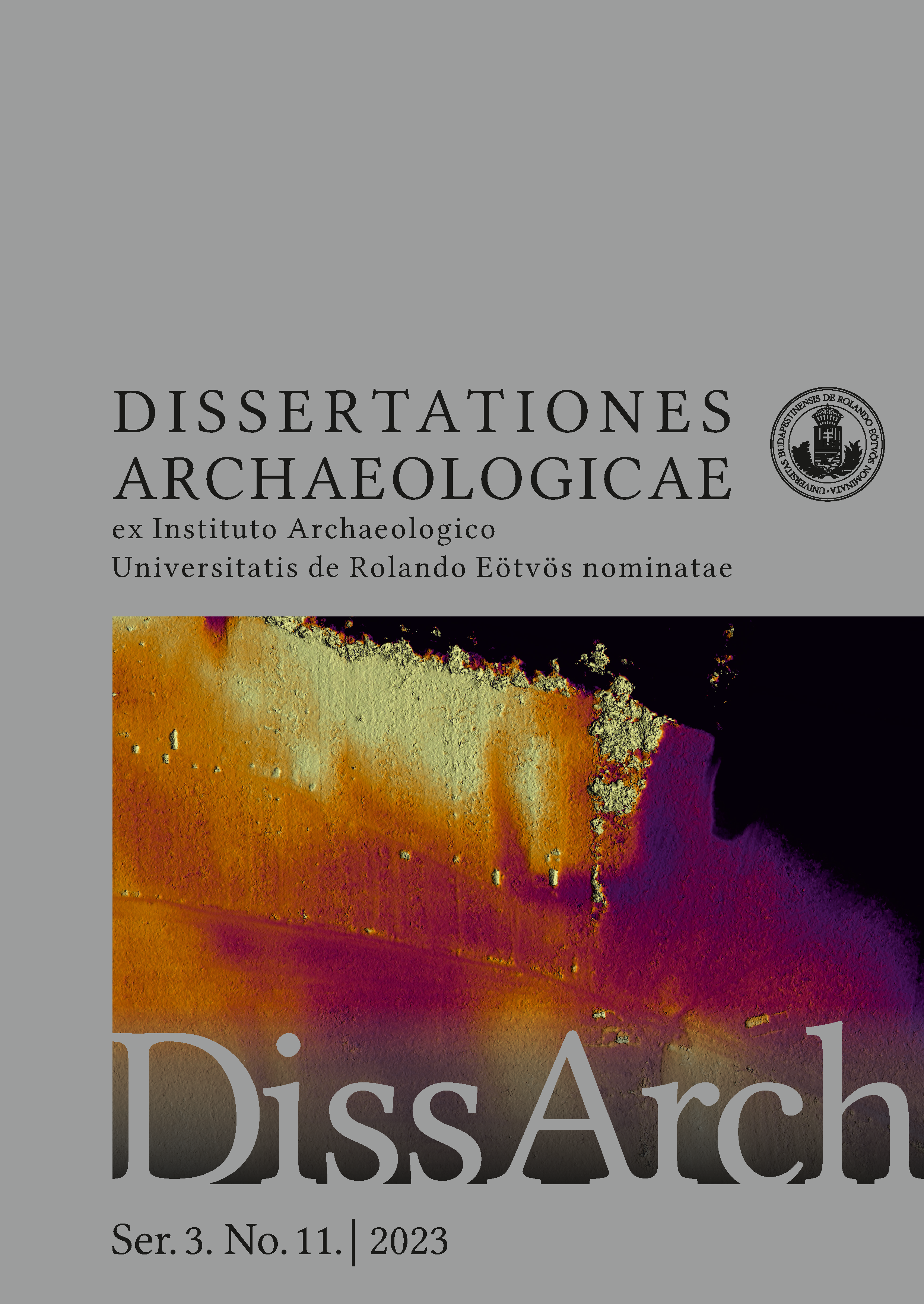Articles
Published 2024-03-26
Keywords
- Early Avar Period,
- Trans-Tisza Region,
- burial rites,
- beads,
- XRF analysis
- SEM analysis,
- bioarchaeology,
- archaeozoology ...More
How to Cite
Gulyás, B., Pásztor, E., Fehér, K., Libor, C., Szeniczey, T., Aradi, L. E., Fülöp, R., & Lyublyanovics, K. (2024). Tiszakürt-Zsilke-tanya: An interdisciplinary analysis of an Early Avar Period cemetery. Dissertationes Archaeologicae, 3(11), 293–441. https://doi.org/10.17204/dissarch.2023.293
Abstract
A cemetery section comprising 35 burials was excavated at the site of Tiszakürt-Zsilke-tanya. The burial rites suggest that the community who interred their dead here was of East European steppe origin, settled primarily east of the Tisza River. The graves were poorly furnished; the main chronological indicators are melon seed-shaped beads and two pairs of earrings with big bead pendants. Based on these, the cemetery section can be dated between the 640s and the 680s. The archaeological analysis is complemented by an anthropological, archaeozoological, and pottery analysis, as well as a study of metal and glass composition.


